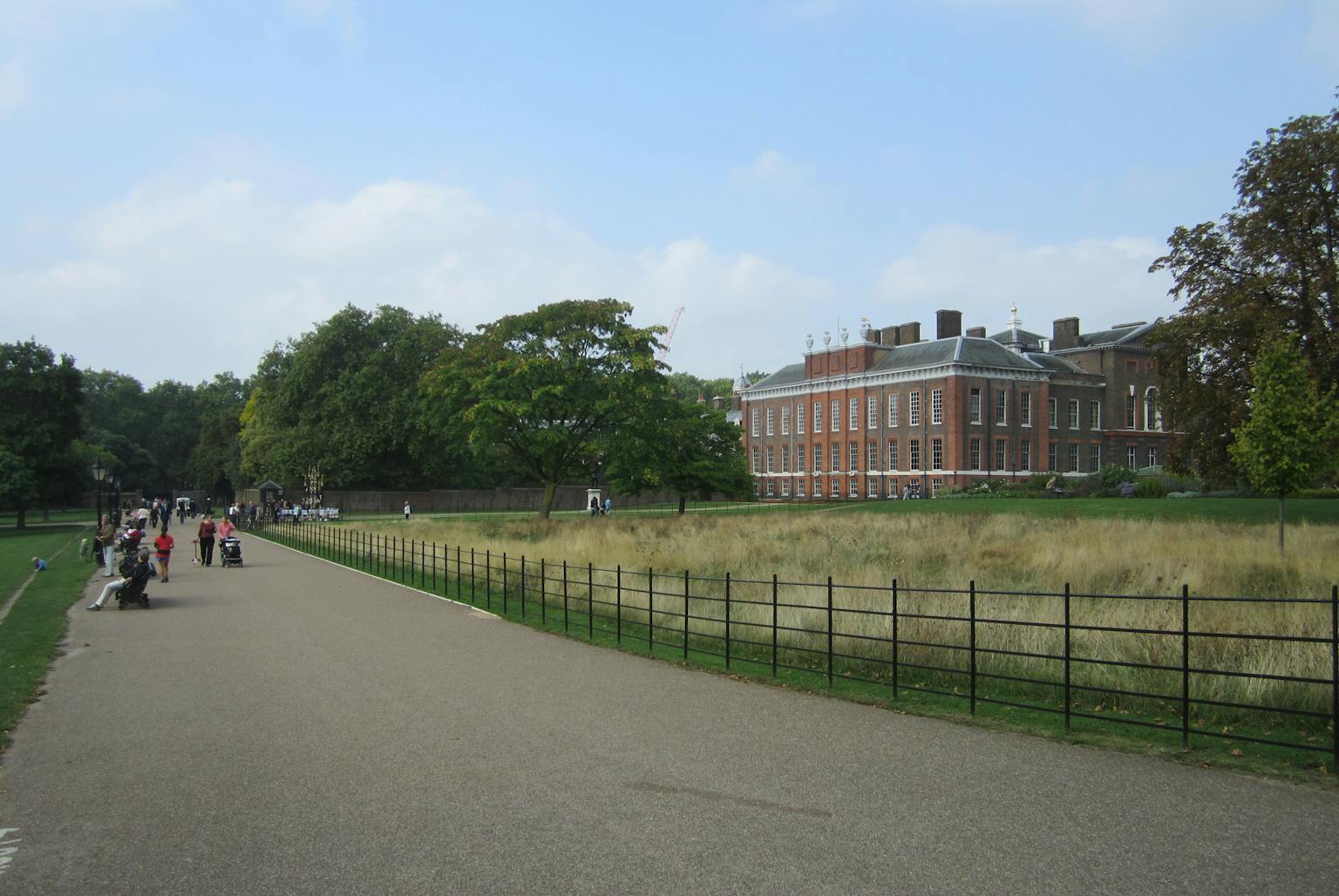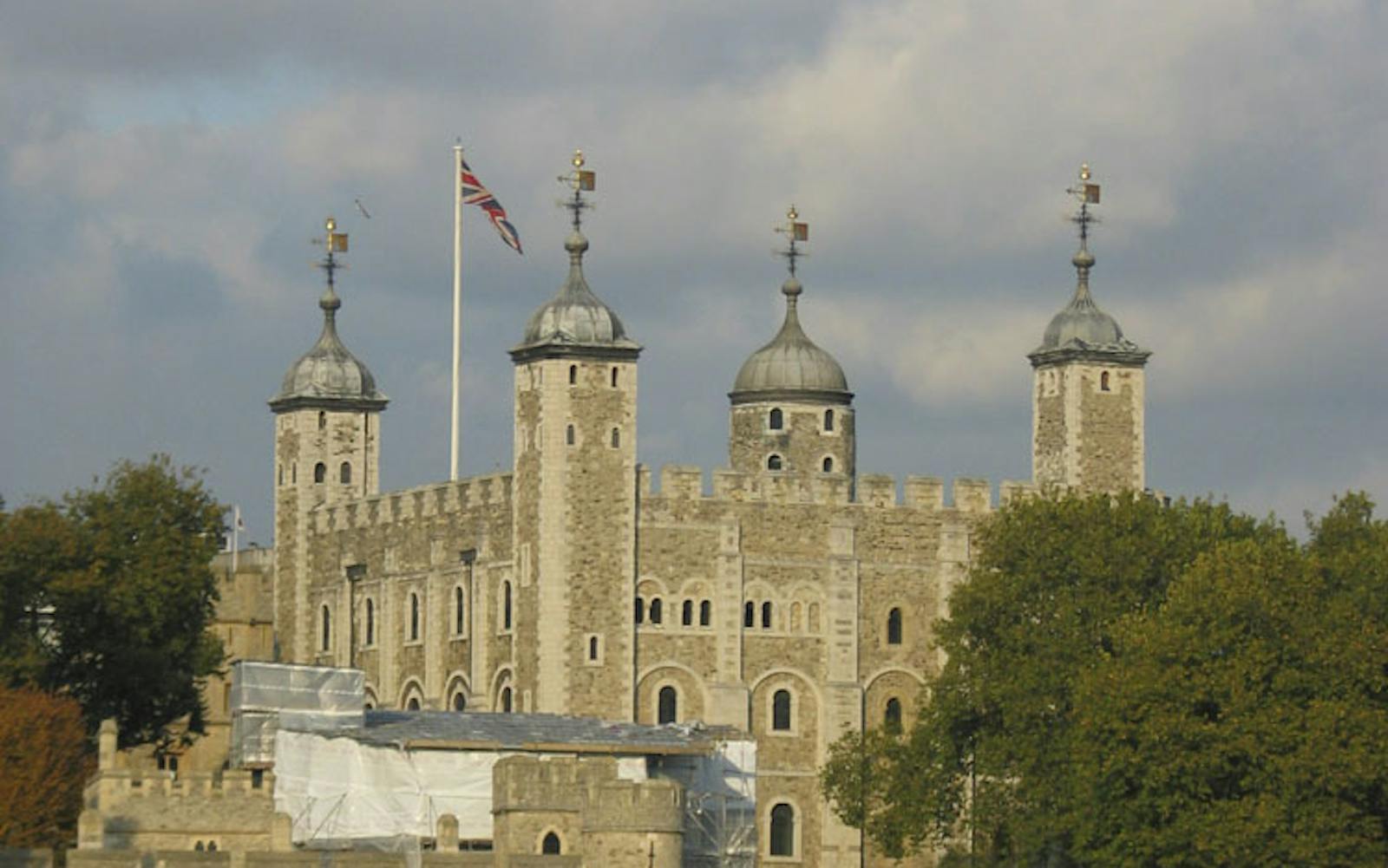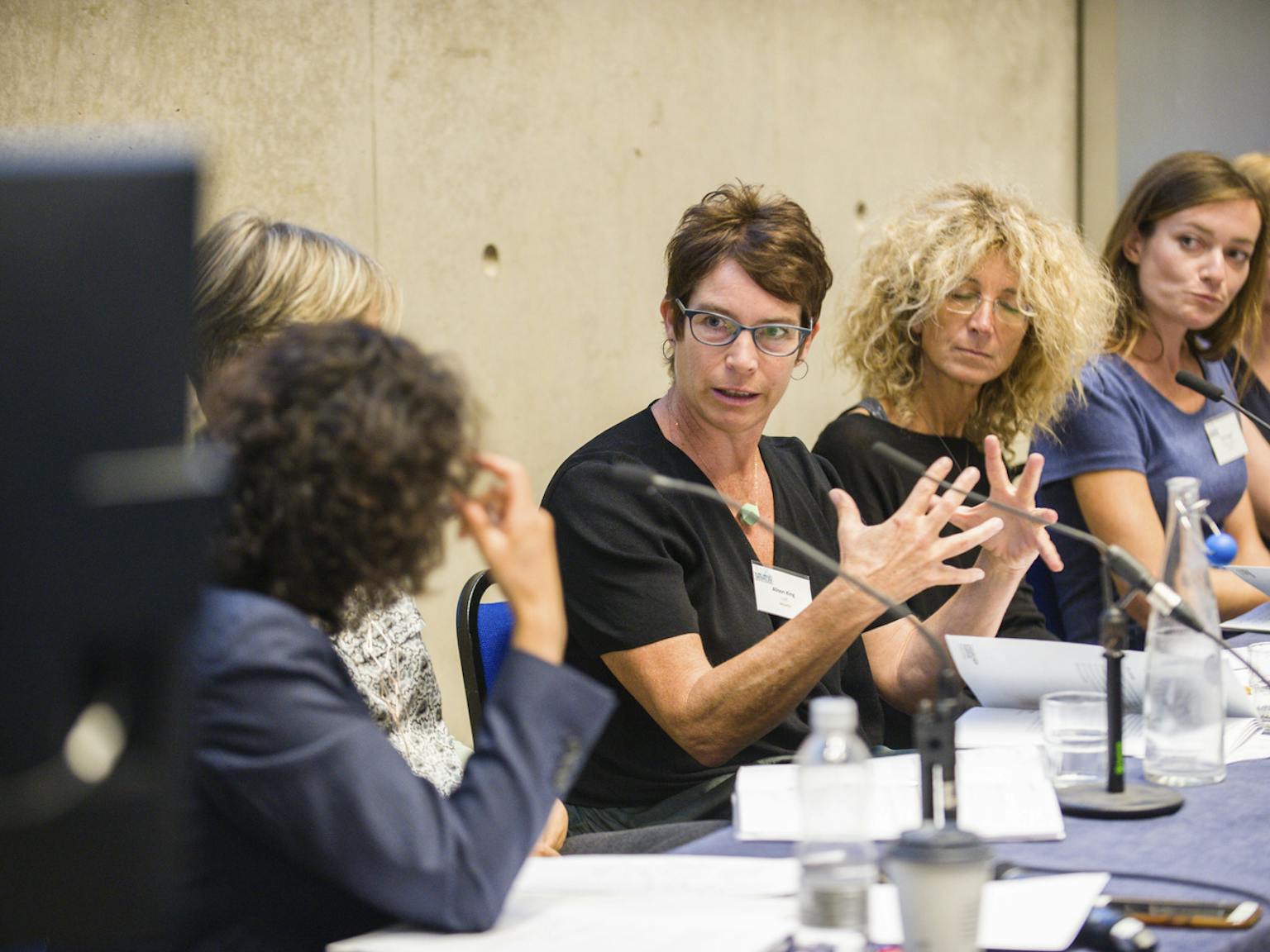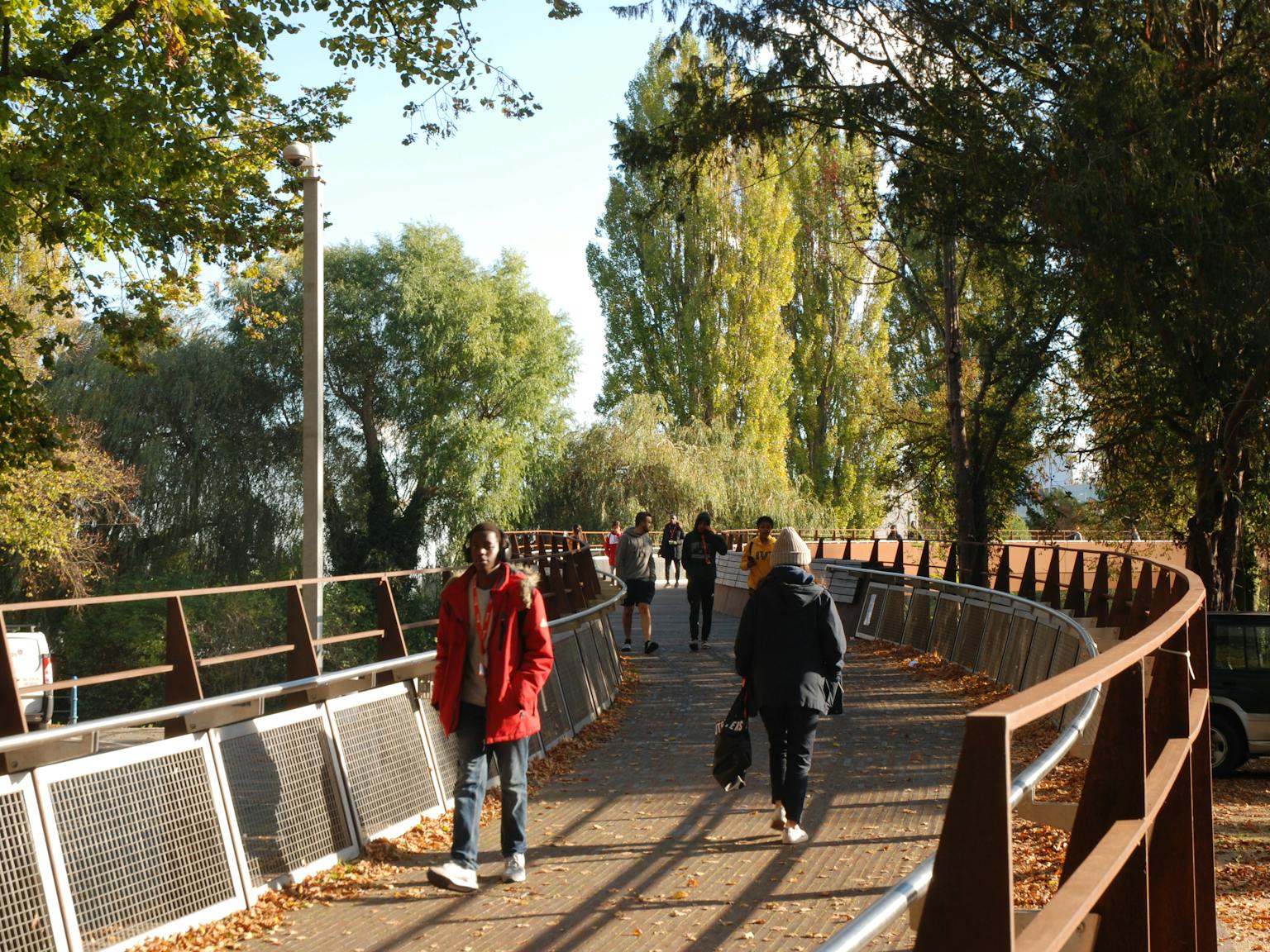
Historic Royal Palaces Biodiversity Strategy
Conserving biological diversity and our heritage
Historic Royal Palaces (HRP) is an independent charity that looks after some of the UK’s most significant palaces in England and Northern Ireland.
They invited LUC to provide an overarching Biodiversity Strategy for its entire estate.
The estate includes Hampton Court Palace, the Tower of London, Banqueting House, Kensington Palace, Kew Palace, and Hillsborough Castle and Gardens.
Balancing sustainability and conservation
Historic Royal Palace’s estates include a rich cultural heritage of historical buildings. They also include important parkland, gardens and public spaces.
These historic green spaces are home to a rich array of trees, plants, fungi, insects, and wildlife that must be managed, protected and enhanced.
The palaces support a diverse range of ecological assets ranging from areas designated as Sites of Special Scientific Interest (SSSI) to more managed habitats such as formal palace gardens.

Client collaboration
LUC’s ecologists audited the estate’s existing biodiversity data alongside relevant legislation, policy and local biodiversity objectives.
We worked with HRP’s conservation and management teams and developed an Action Plan to protect and enhance the estate’s biodiversity value.
Planning for furthering biodiversity
The strategy records our ecologist’s site knowledge and outlines measures to conserve and enhance biodiversity.
It aims to prevent habitat damage and set out a plan for the monitoring of management practices.
It helps Historic Royal Palaces deliver its statutory duty to further biodiversity while ensuring compliance with all relevant nature conservation legislation.













